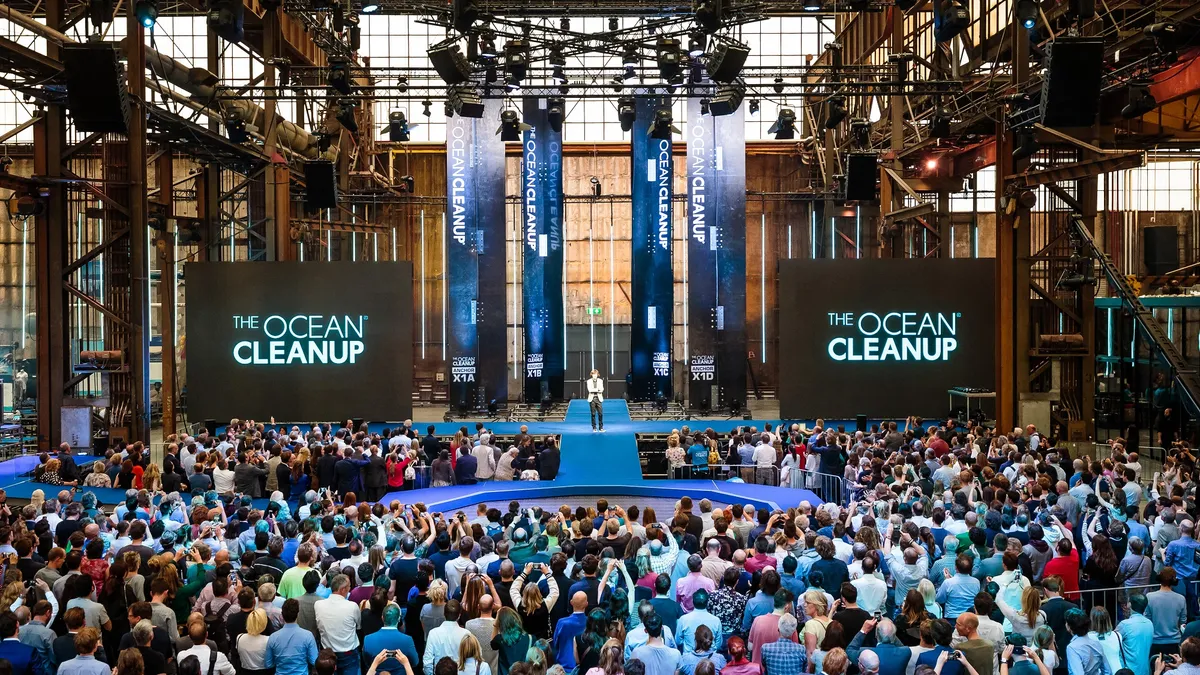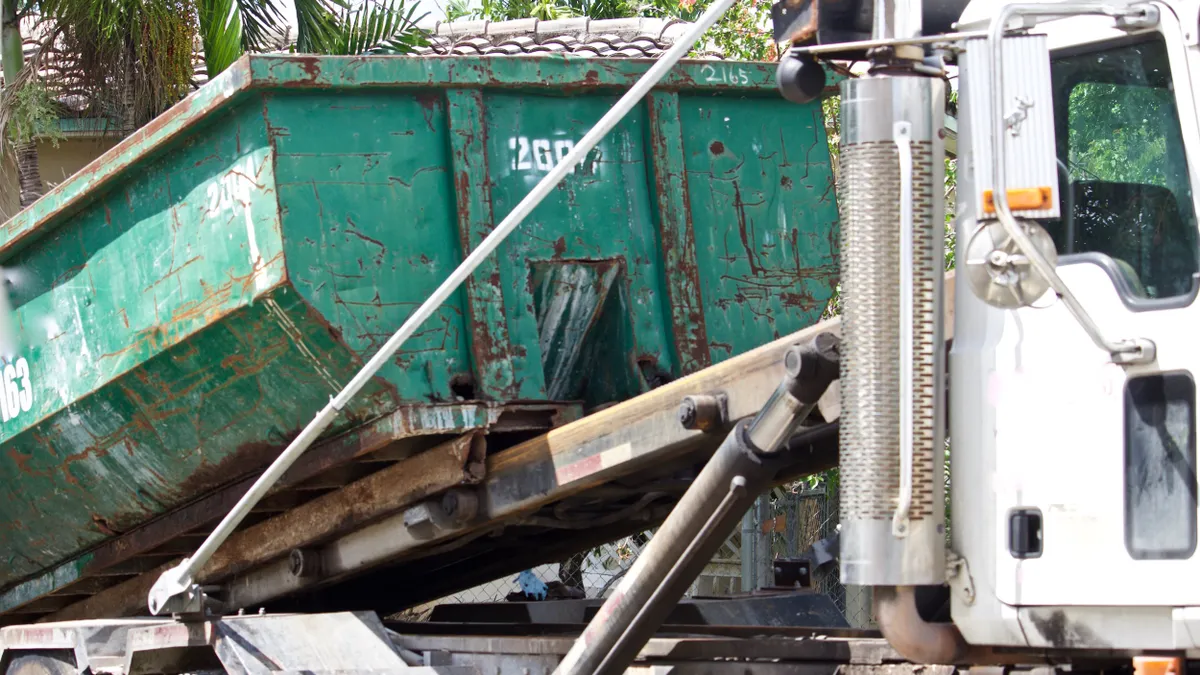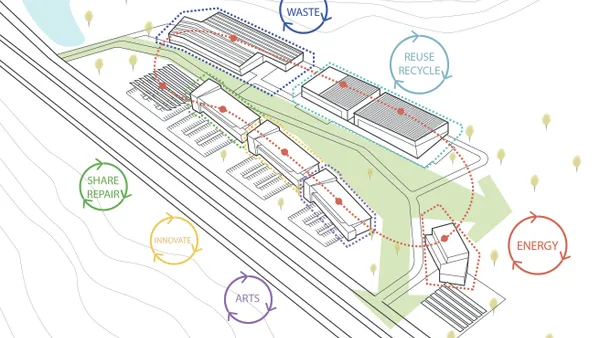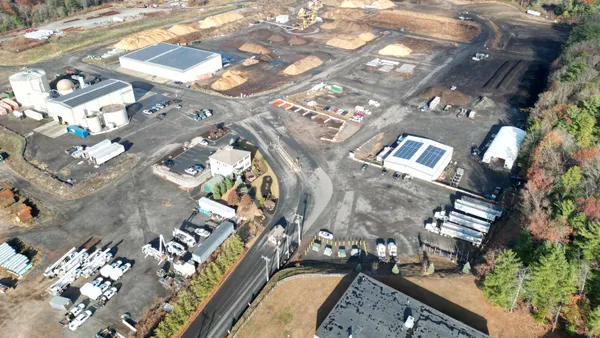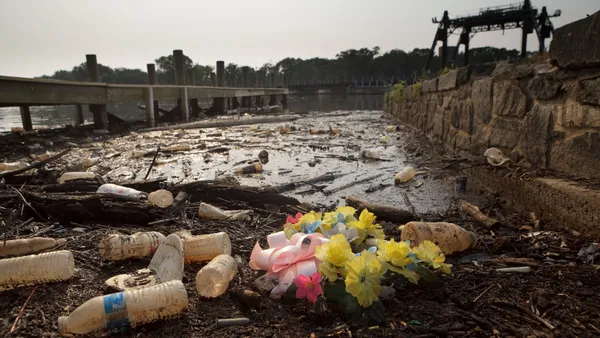Dive Brief:
- The Ocean Cleanup announced yesterday that it will begin its process of removing plastic from the Great Pacific Garbage Patch in the next 12 months. This comes on the heels of a separate announcement that the organization has raised $21.7 million in funding for the initiative since November 2016.
- The organization also announced an "improved design" of the system, which will now consist of multiple screens as opposed to one massive barrier. These screens will float with sea anchors instead of being fixed to the seabed, as originally intended.
- While the initiative was supposed to begin in 2020, Cleanup credits the improved design for increasing the efficiency of its system, making it possible launch the project two years ahead of schedule.
Dive Insight:
This project was started in 2013 by Boyan Slat, a 22-year old entrepreneur who was just 18 at the time of his concept development. Last week on Twitter, Slat described this announcement as "magic," and his optimism and confidence in the project has captivated a number of donors — including Peter Thiel and the Julius Baer Foundation — who have put their faith in an unprecedented endeavor.
.@TheOceanCleanup @Benioff @juliusbaer @DSM @peterthiel But wait until you see what we’ll unveil next week. It’s like magic :)
— Boyan Slat (@BoyanSlat) May 3, 2017
While the concept of installing U-shaped screens in the Pacific Ocean to collect plastic debris may be a head-scratcher, it is a fairly hands-off process once installed. By maximizing research on the ocean currents, the Cleanup team can pinpoint effective placement of the screens to ensure plastic debris will float directly into the system. Slat's team will then collect the plastic, once enough of it has ben captured, and ship it off for use in new products. The Cleanup team may also continue to do aerial reconnaissance missions over the Great Pacific Garbage Patch to gather information on the scale of marine pollution.
The Ocean Cleanup is not alone in its mission to rid the world's waters of pollution. Innovations like the Waste Shark and Seabin Project have been highlighted as smaller-scale solutions, yet if a major impact is going to be made, it will likely be due to the success of a large-scale solution like Slat's.



